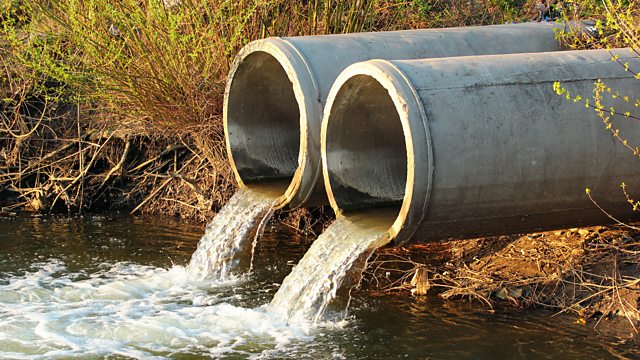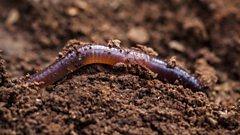What can we learn from wastewater?
Scientists are testing sewage for signs of disease, which they say could help stop the spread of Covid-19.
Most of us don’t like to dwell on our toilet habits, but this week Crowdscience has gone down the drain to discover what wastewater can tell us about our health.
It’s been more than a year since scientists across the globe started to track the spread of Covid-19, with help from home test results and hospital data. Marnie Chesterton investigates the latest tool in their arsenal: sewage. Listener Kevin has heard how human waste can be monitored to check for virus levels, and wants to know if it can also be used to stop the disease in its tracks?
Although the coronavirus has been discovered in people’s poo, so far there’s little indication it’s actually being spread through the water system. But by taking regular samples from different parts of cities, authorities are now able to accurately predict a local peak weeks before the population shows signs of sickness, then take immediate measures to alert them. In Detroit we hear how environmental engineer Professor Irene Xagoraraki used this method to detect a rare strain of Herpes which doctors didn’t even know was a potential problem.
Marnie also talks to Professor Nick Thomson from the Wellcome Sanger Institute, who sequenced the genome of the bacteria that causes cholera, to understand how it has crisscrossed the globe. He discovered that the pandemic currently devastating Yemen actually originated in Asia. It’s a discovery that has changed how the WHO is thinking about this killer disease and could have important implications for vaccination programmes. But our effluent can also pose environmental problems, and Professor Andrew Johnson from the UK’s Centre for Ecology and Hydrology explains there are now as many as 300,000 chemicals that could threaten natural habitats.
While authorities try to test each one individually, he’s concerned they may have different effects when they mix in wastewater, and current monitoring systems don’t take this into account. Not only that, but some of these substances contain silver nanoparticles, which Professor Juliane Filser tells us stick around in soil for ever, threatening organisms and bacteria at the base of the food chain.
Presented by Marnie Chesterton and Produced by Marijke Peters for the Βι¶ΉΤΌΕΔ World Service.
[Image: Sewage outlets. Credit: Getty Images]
Last on
More episodes
Clip
-
![]()
How nanoparticles upset the food chain
Duration: 03:43
Broadcasts
- Fri 23 Apr 2021 19:32GMTΒι¶ΉΤΌΕΔ World Service
- Sat 24 Apr 2021 01:32GMTΒι¶ΉΤΌΕΔ World Service East Asia
- Mon 26 Apr 2021 04:32GMTΒι¶ΉΤΌΕΔ World Service Australasia, Americas and the Caribbean, South Asia & East Asia only
- Mon 26 Apr 2021 08:32GMTΒι¶ΉΤΌΕΔ World Service
- Mon 26 Apr 2021 12:32GMTΒι¶ΉΤΌΕΔ World Service except East and Southern Africa, East Asia, South Asia & West and Central Africa
Podcast
-
![]()
CrowdScience
Answering your questions about life, Earth and the universe



